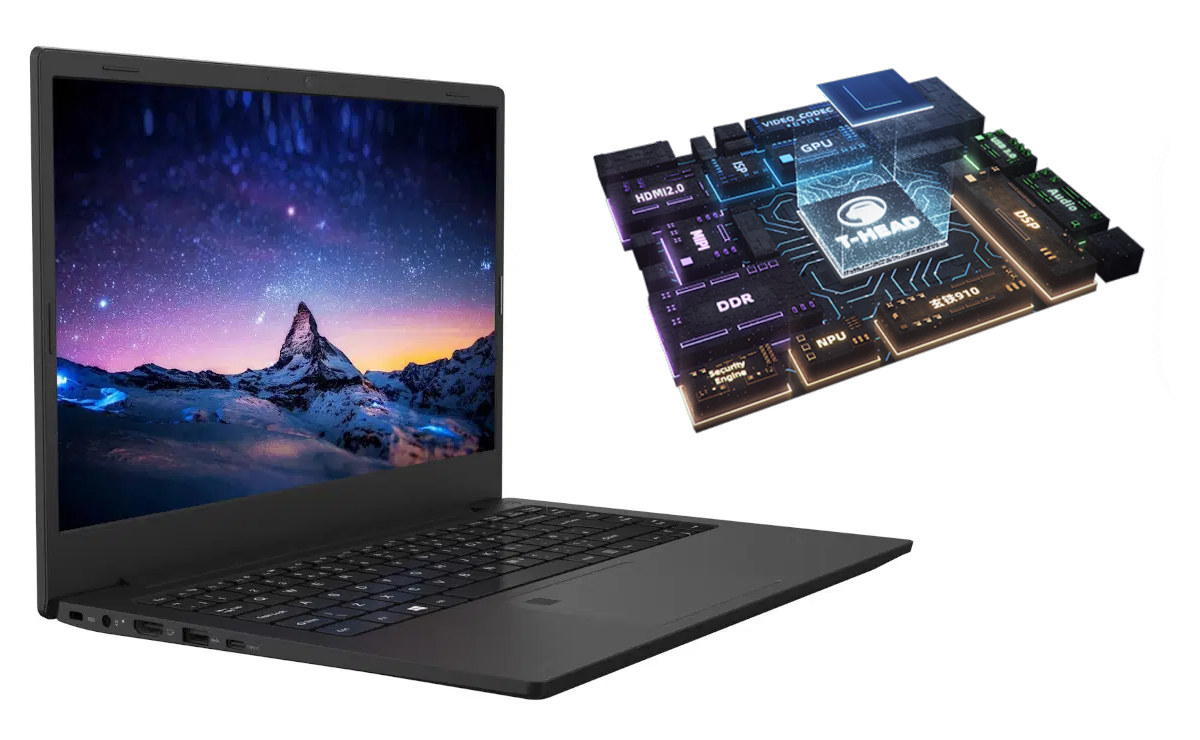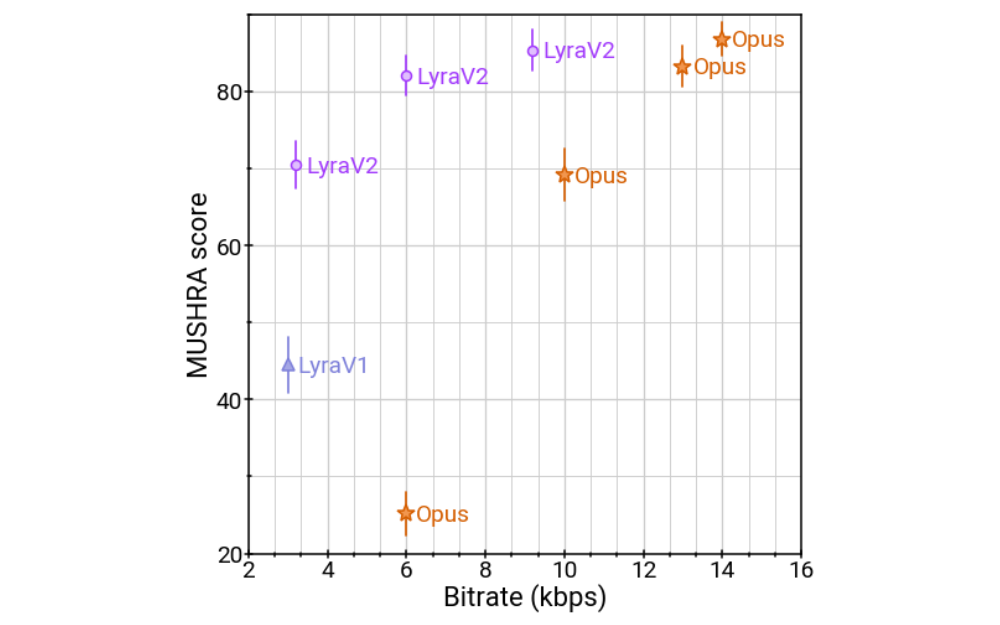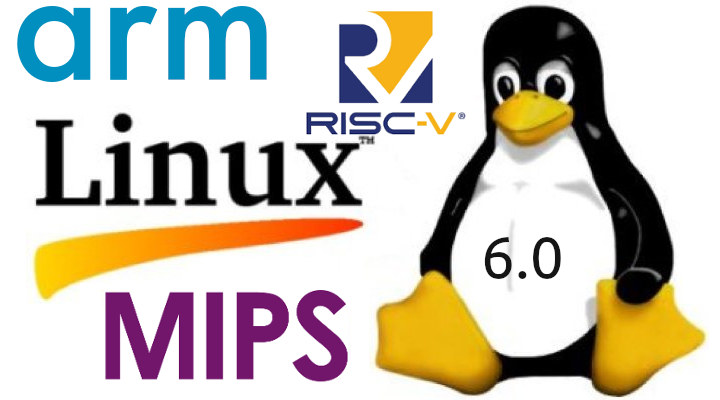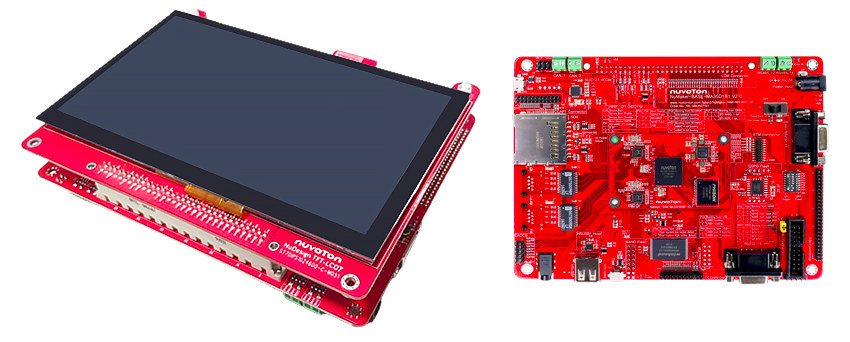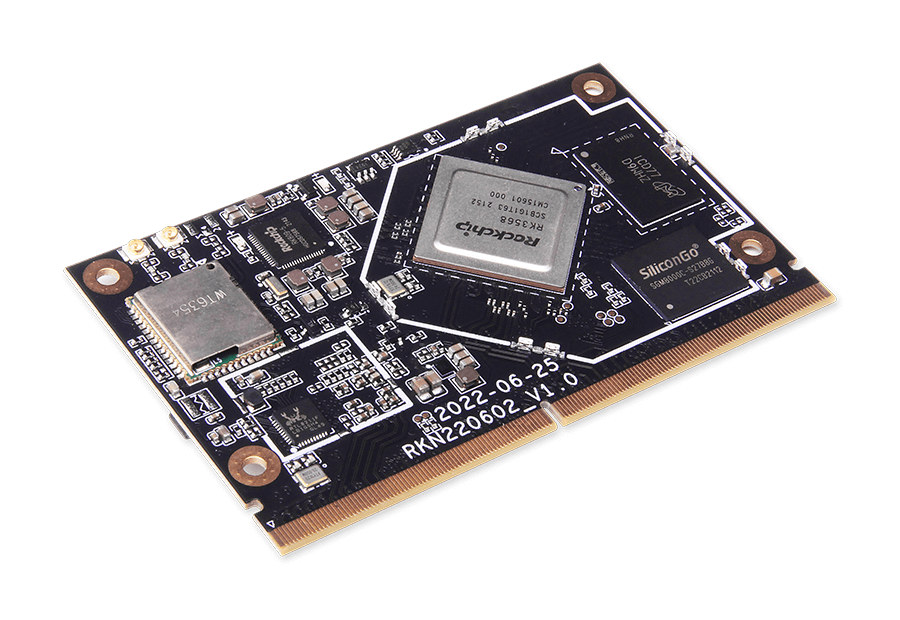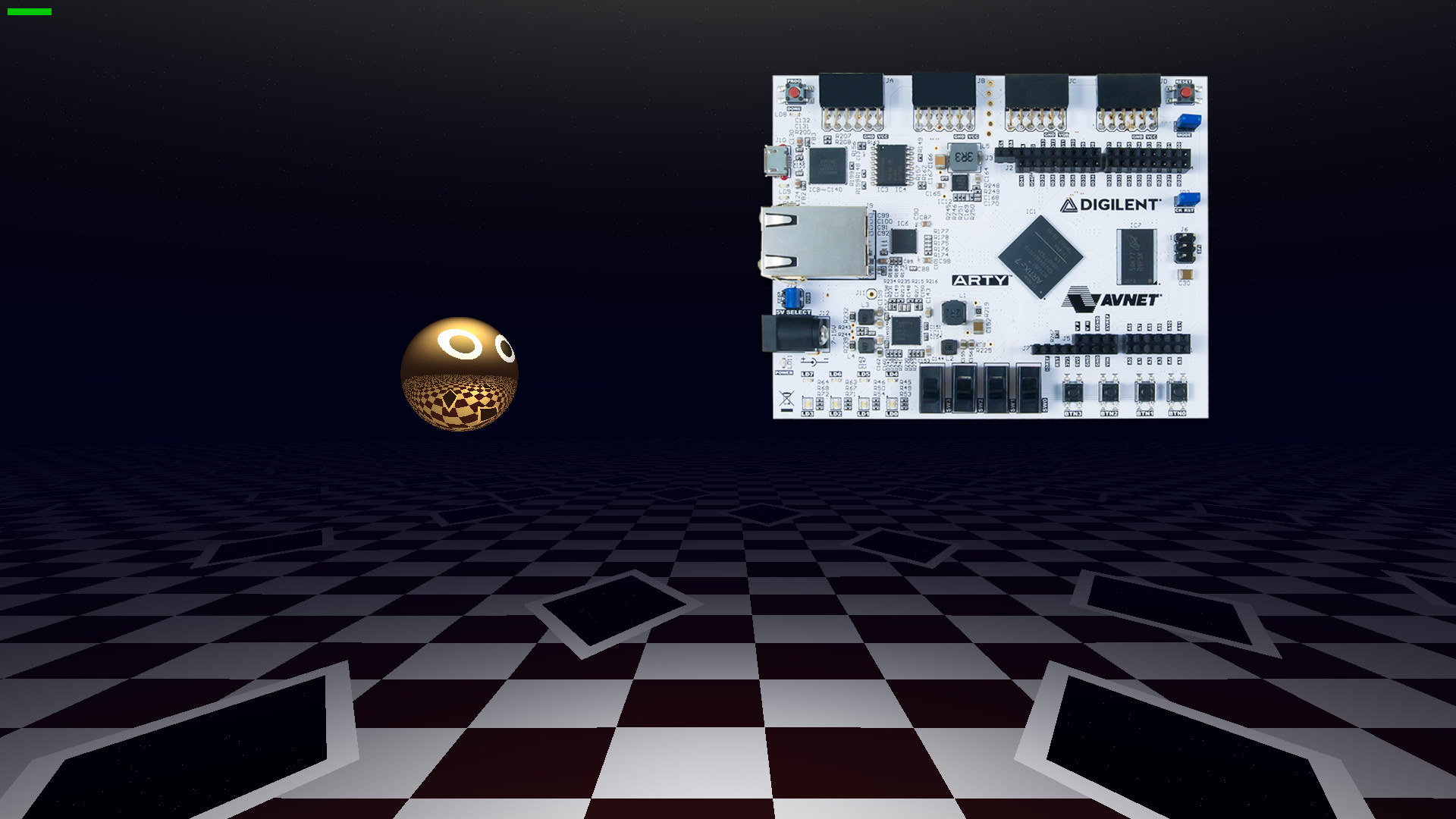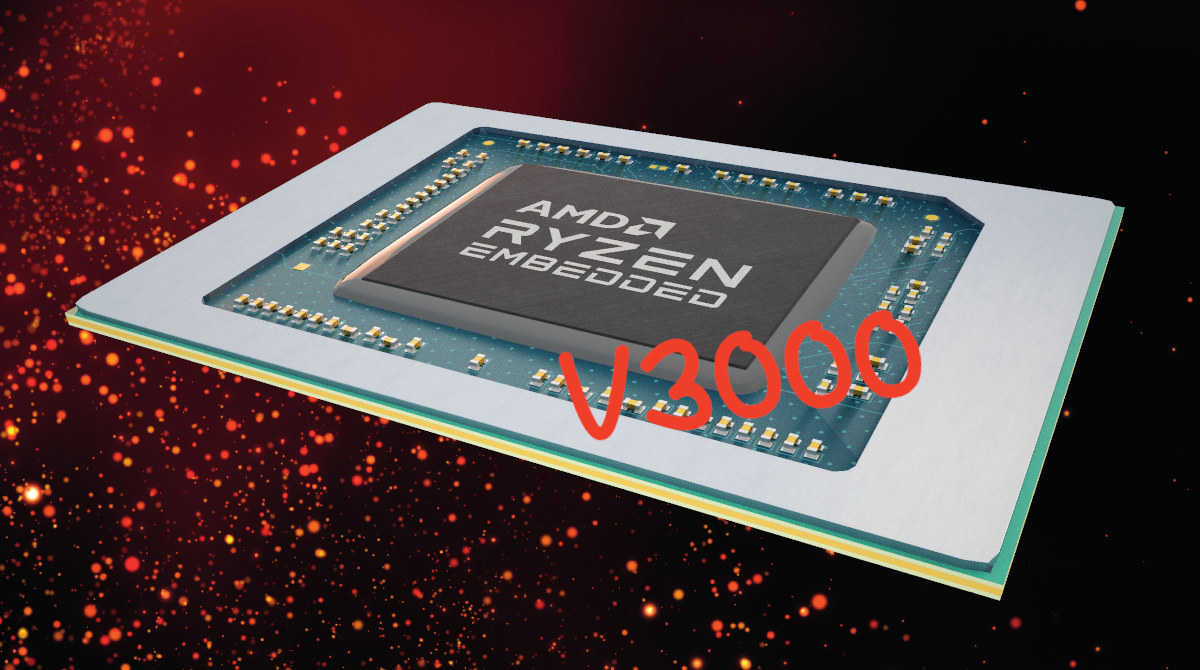Renesas has launched the RZ/V2MA dual-core Arm Cortex-A53 microprocessor with a low-power (1TOPS/W) DRP-AI accelerator and one OpenCV accelerator for rule-based image processing enabling vision AI applications. The MPU also supports H.265 and H.264 video decoding and encoding, offers LPDDR4 memory and eMMC flash interfaces, as well as Gigabit Ethernet, a USB 3.1 interface, PCIe Gen 2, and more. The RZ/V2MA microprocessor targets applications ranging from AI-equipped gateways to video servers, security gates, POS terminals, and robotic arms. Renesas RZ/V2MA specifications: CPU – 2x Arm Cortex-A53 up to 1.0GHz Memory – 32-bit LPDDR4-3200 Storage – 1x eMMC 4.5.1 flash interface Vision and Artificial Intelligence accelerator DRP-AI at 1.0 TOPS/W class OpenCV Accelerator (DRP) Video H.265/H.264 Multi Codec Encoding: h.265 up to 2160p, h.264 up to 1080p Decoding: h.265 up to 2160p, h.264 up to 1080p Networking – 1x Gigabit Ethernet USB – 1x USB 3.1 Gen1 host/peripheral up to 5 […]
Alibaba T-Head TH1520 RISC-V processor to power the ROMA laptop
The ROMA RISC-V laptop was announced this summer with an unnamed RISC-V processor with GPU and NPU. We now know it will be the Alibaba T-Head TH1520 quad-core Xuantie C910 processor clocked at up to 2.5GHz with a 4 TOPS NPU, and support for 64-bit DDR at up 4266 MT. The TH1520 is born out of the Wujian 600 platform unveiled by Alibaba in August 2022, and is capable of running desktop-level applications such as Firefox browser and LibreOffice office suite on OpenAnolis open-source Linux-based operating system launched by Alibaba in 2020. So that means we now have a better idea of the specifications of the ROMA RISC-V developer laptop: SoC – Alibaba T-Head quad-core RISC-V Xuantie C910 processor @ 2.5 GHz, unnamed Imagination GPU for graphics, 4 TOPS NPU for AI System Memory – Up to 16GB LPDDR4/LPDDR4X RAM Storage – Up to 256GB eMMC flash Display – 14.1-inch […]
Lyra V2 open-source audio codec gets faster, higher quality and compatible with more platforms
Lyra V2 is an update to the open-source Lyra audio codec introduced last year by Google, with a new architecture that offers scalable bitrate capabilities, better performance, higher quality audio, and works on more platforms. Under the hood, Lyra V2 is based on an end-to-end neural audio codec called SoundStream with a “residual vector quantizer” (RVQ) sitting before and after the transmission channel, and that can change the audio bitrate at any time by selecting the number of quantizers to use. Three bitrates are supported: 3.2 kps, 6 kbps, and 9.2 kbps. Lyra V2 leverages artificial intelligence, and a TensorFlow Lite model enables it to run on Android phones, Linux, as well as Mac and Windows although support for the latter two is experimental. iOS and other embedded platforms are not supported at this time, but this may change in the future. It gets more interesting once we start to […]
Linux 6.0 release – Main changes, Arm, RISC-V, and MIPS architectures
Linux 6.0 has just been released by Linus Torvalds: So, as is hopefully clear to everybody, the major version number change is more about me running out of fingers and toes than it is about any big fundamental changes. But of course there’s a lot of various changes in 6.0 – we’ve got over 15k non-merge commits in there in total, after all, and as such 6.0 is one of the bigger releases at least in numbers of commits in a while. The shortlog of changes below is only the last week since 6.0-rc7. A little bit of everything, although the diffstat is dominated by drm (mostly amd new chip support) and networking drivers. And this obviously means that tomorrow I’ll open the merge window for 6.1. Which – unlike 6.0 – has a number of fairly core new things lined up. But for now, please do give this most […]
Nuvoton NuMicro MA35D1 Arm Cortex-A35/M4 microprocessor to power Linux edge IIoT gateways
Novoton NuMicro MA35D1 microprocessor features two Arm Cortex-A35 cores, one Arm Cortex-M4 real-time core, and two Ethernet interfaces for Linux-based edge IIoT gateway. The SoC also is offered in variants supporting external DDR memory or integrated up to 512MB RAM, 154 or 208 GPIOs, and an optional “Enhanced ADC”. The MA35D1 also comes with a TFT interface for up to 1920×1080 displays, several hardware security features, and the company says the microprocessor facilitates Tiny AI/ML for edge computing despite not integrating an AI accelerator. Nuvoton NuMicro MA35D1 key features and specifications: CPU sub-system 2x Cortex-A35 cores running at up to 800 MHz Cortex-M4 real-time core at up to 180 MHz Memory sub-system On-chip 384 KB SRAM (Cortex-A35 256 KB + Cortex-M4 128 KB) Multi-Chip Package (MCP) DDR up to 512MB External DDR interface for MA35D16A087C SKU Storage Quad SPI NAND Flash Controller Secure Digital Host Controller (SDHC) Display and Video […]
Geniatech unveils SMARC 2.1 compliant Rockchip RK3568 system-on-module
We’ve seen Rockchip RK3568 system-on-modules before, but the Geniatech SOM-3568-SMARC core board is the first to comply with the SMARC 2.1 standard with a 314-pin MXM connector exposing the many I/Os from the quad-core Cortex-A55 processor. The module comes with up to 8GB RAM, 128GB eMMC flash, integrates a WiFi and Bluetooth module as well as two Gigabit Ethernet transceivers, and is designed to be used in advanced NVRs, cloud terminals, industrial automation, IoT applications, digital signage, and more. Geniatech SOM-3568-SMARC specifications: SoC – Rockchip RK3568 quad-core Cortex-A55 processor @ 2.0 GHz with Arm Mali-G52 2EE GPU with support for OpenGL ES 1.1/2.0/3.2, OpenCL 2.0, Vulkan 1.1, 1 TOPS NPU for AI acceleration, 4Kp60 H.265/H.264/VP9 video decoding, and 1080p100 H.265/H.264 video encoding; 22nm process System Memory – 2GB, 4GB or 8GB DDR4 Storage – 32GB, 64GB, or 128GB eMMC 5.1 flash Networking 2x RTL8211F Gigabit Ethernet PHY WT6354 wireless module […]
3D game running on FPGA shown to be 50x more efficient than on x86 hardware
Sphery vs. shapes is an open-source 3D raytraced game written in C and translated into FPGA bitstream that runs 50 times more efficiently on FPGA hardware than on an AMD Ryzen processor. Verilog and VHDL languages typically used on FPGA are not well-suited to game development or other complex applications, so instead, Victor Suarez Rovere and Julian Kemmerer relied on Julian’s “PipelineC” C-like hardware description language (HDL) and Victor’s CflexHDL tool that include parser/generator and math types library in order to run the same code on PC with a standard compile, and on FPGA through a custom C to VHDL translator. More details about the game development and results are provided in a white paper. Some math functions were needed, including: floating point addition, subtraction, multiplication, division, reciprocals, square root, inverse square roots, vector dot products, vector normalization, etc. Fixed point counterparts were also used for performance reasons and to […]
AMD launches Ryzen Embedded V3000 Zen3 processors for storage and networking applications
AMD has just launched the Ryzen Embedded V3000 family of processors with four to eight Zen3 cores, a DDR5 memory interface, twenty PCIe Gen4 lanes, and two 10GbE interfaces that make it ideal for storage and networking applications, especially since there’s no GPU at all. The new embedded processors succeed the Ryzen Embedded V2000 Zen2 family introduced two years ago, and the Ryzen V1000 processors in 2018. For some reason, AMD decided to compare the new V3000 processors against the latter and claims up to 124% greater CPU performance, 50% improved memory transfer rate, twice the number of CPU cores, and improved I/O connectivity. There are five Ryzen Embedded V3000 SKUs at launch with the V3C48, V3C44, V3C18I, V3C16, and V3C14 whose key differences can be found in the table below. The AMD Ryzen Embedded V3C18I “industrial” processor also works in sub-zero temperatures for automotive and industrial applications. Shared specifications […]



